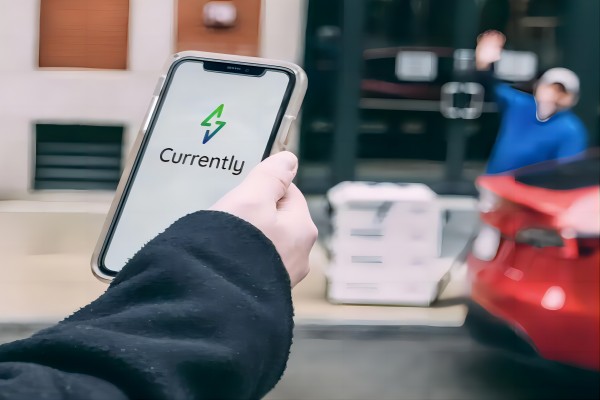Today’s electric cars are like mobile phones, not only in terms of software, but also in terms of hardware. Batteries are a vital part of electric cars and mobile phones, and once they run out of power, they will make it impossible for you to move.
What if you do accidentally run out of battery while you’re out and about and can’t find a place to recharge it? For mobile phones, mobile power banks are now popular, and you can carry your own with you. Even if you don’t have one, there are mobile power stations in shopping malls that provide paid rentals.
And what about cars? Its battery can be much larger and heavier, and you can’t carry a spare battery or power bank with you. Well, there is now a “takeaway” charging service that just provides a power bank-style power supply.
Among them is a start-up company located in Somerville, Massachusetts, USA, which is considered by everyone to be the “Ele.me” or “Meituan Waimai” in the field of electric vehicle charging.

The need for public charging stations in much of the U.S. was already becoming apparent even before the surge in demand for electric vehicles became visible, despite the rapid rise in gasoline prices caused by the Russo-Ukrainian war.
A growing number of electric vehicle owners are struggling with sluggish charging at home chargers. Beyond that, many are still learning how to balance daily driving with the range of their vehicles.
The startup’s service is currently available in the San Francisco Bay Area, San Jose, Los Angeles and Dallas.
“If electric car owners have to spend 20 to 30 minutes waiting at a public charging station in a fixed location, the freedom they want will not be achieved at all,” said the person in charge of the start-up company.
The company’s technology is built on modules of lithium-ion batteries known as “Roadies,” which can be transported to where drivers want to be charged. The service is subscription-based and can be accessed through the company’s app called “Currently.” A service van will come to the designated location and start charging the car, adding about a mile of range every minute.
That may not seem like an extra time saver, but the idea of the service is that EV owners can use the app when they know they have to wait somewhere, such as at a dentist appointment, haircut appointment, or business meeting.
“In most cities, there is a pizzeria on every block, but people still use the app to order food, just to save time.” The person in charge of the company said. “We’ll continue to choose that convenience because it frees us up to do other things.”

Here’s how the company works.
Download the “Currently” App and create an account. Users must provide their billing information, as well as the make, model and year of their EV. In addition, the license plate number of the user’s vehicle and the state of registration of the vehicle are required.
The cost of the subscription varies according to the car model and the number of times the driver uses the service. Generally, the monthly subscription is $25 and renews automatically. Additionally, there is a shipping fee of $6 to $10 per service.
Customers don’t have to be present during the charging process, but they can also meet with the company’s charging staff if they want to see how the system works.
Currently, each charge can provide the vehicle with a range of up to 50 miles, and can provide no more than 80% of the full charge.
Most EV owners pay for a charging system in their home, where they charge every night. Still, company officials say more than 60 percent of electricity delivery goes to vehicles parked in homes, apartments or dorms.
Apartments often lack charging points, and even when they do, there are usually not enough charging points. If there are five times more EVs in an apartment complex than there are charging stations, then most vehicles cannot be charged every night.
For car owners, there is one more restriction.
There are two basic types of plug-in chargers in the U.S. — 20-volt Level 1 chargers and 240-volt Level 2 fast chargers. Many countries already run on 240-volt grids and only need a basic cable adapter to fast charge their cars.
Future plans for SparkCharge
The United States uses a 120-volt grid. That means it could take more than overnight to fully charge the car. To improve performance, voltage and cost are increased. Level 2 charging requires special outlets, which you might find on the dryer plug in your laundry room or in some garages.
So far, the company has raised nearly $20 million in funding through several fundraising rounds. Investors include Mark Cuban and Lori Greiner.
“We’re now on track to hit 1 million miles this year,” the company chief said, a considerable jump from the 100,000 miles the company launched in mid-2021 and delivered by the end of 2022.
The company plans to roll out Roadies in 10 to 15 new cities by early 2024. Their ultimate goal is to make charging as easy and quick as refueling.
“We are preparing an upgrade,” the company said, “that will increase our speed to an additional 15 to 20 miles per minute.”














